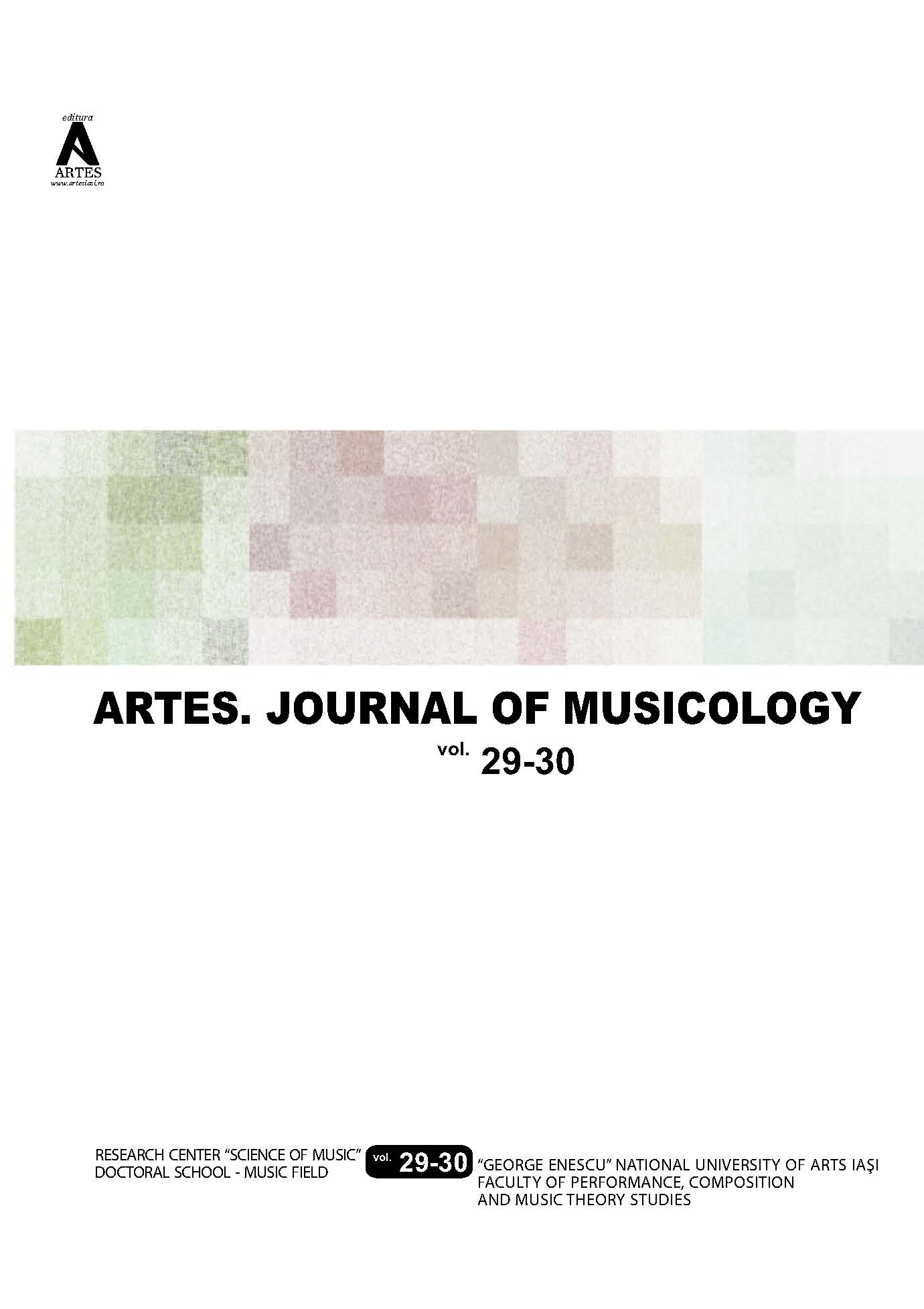Illusions of Auditory Reception and Paradoxes of Perception – Psychoacoustic EffectsGenerated by Sounds
DOI:
https://doi.org/10.35218/ajm-2024-0005Keywords:
auditory illusions and paradoxes, Il Terzo suono di Tartini, Shepard Scale, Mysterious Melody, Johann Sebastian Bach, György Sándor Ligeti, Anton WebernAbstract
Auditory illusions and perception paradoxes were discovered a few centuries ago and have continued to be identified to this day through complex analyses. Whether intentionally or accidentally, some sound illusions are present in notable works by established musicians. These brain processes are caused by the paradoxes of musical perception, which are determined by the frequency of sounds and their spatial location. The auditory presence of illusions confirms the existence of cerebral mechanisms that alter the reception and perception of sound during the decoding process. The spatial component of music and the overlapping of sound planes promote the creation of musical chimeras. Studying auditory illusions and paradoxes contributes to understanding the perceptive and cognitive processes of decoding sound impulses, techniques for analysing and synthesizing sound, and the development of electroacoustic instruments. The present research outlines three auditory illusions: Il Terzo suono di Tartini (Tartini's Third Sound), the Shepard Scale, and the Mysterious Melody. The auditory illusion named Il Terzo suono di Tartini represents the discovery of Giuseppe Tartini, the Italian violinist, composer, educator, theorist, and philosopher. The illusion of an infinite musical scale, the Shepard Scale, is named after American psychologist and cognitive researcher Roger Shepard. The psychoacoustic illusion named the Mysterious Melody was discovered and studied by one of the best-known researchers in music psychology Diana Deutsch.
Downloads
Published
Issue
Section
License
Copyright (c) 2024 ARTES. JOURNAL OF MUSICOLOGY

This work is licensed under a Creative Commons Attribution-NonCommercial 4.0 International License.

